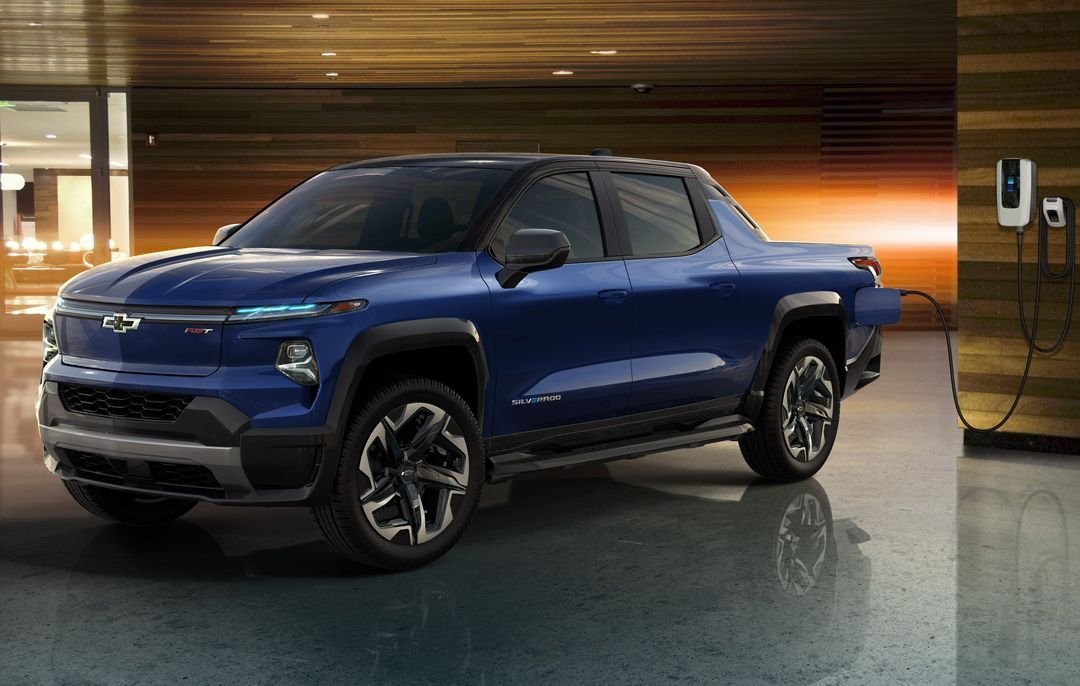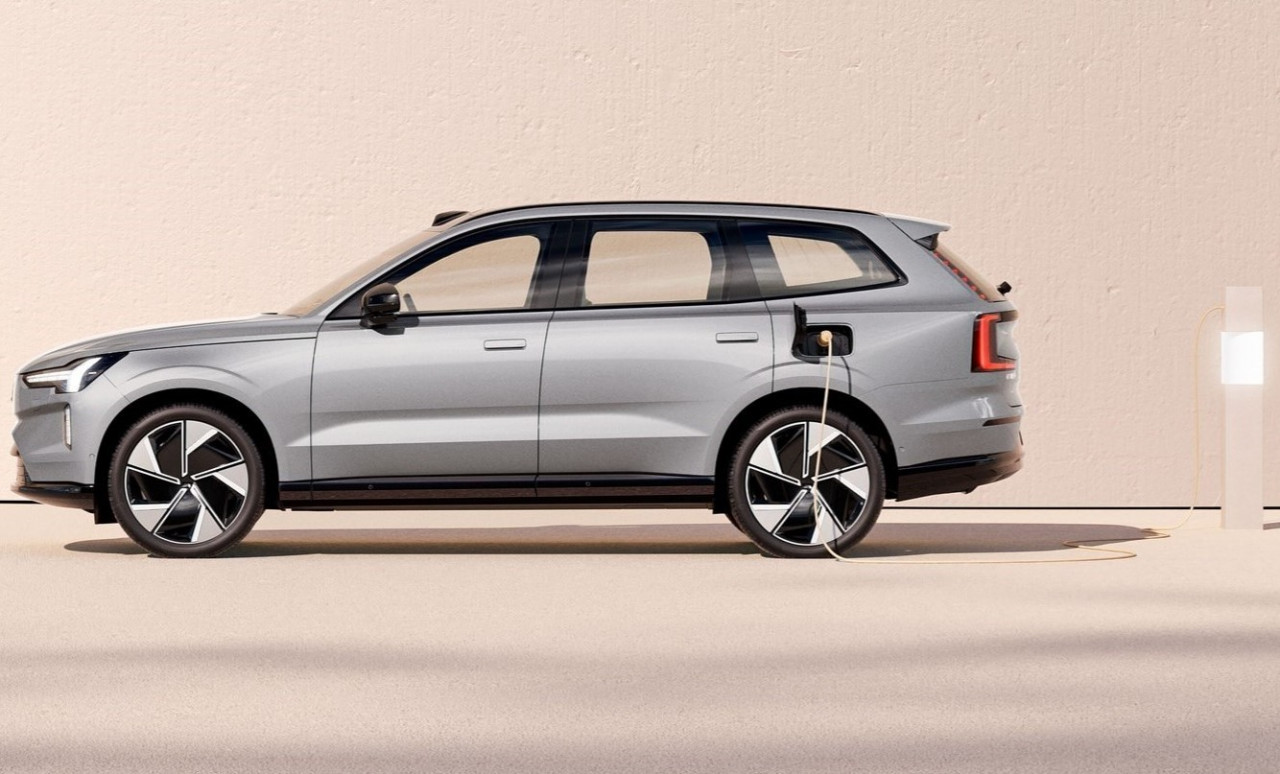Volvo Cars has launched a new business unit - Volvo Cars Energy Solutions - to offer energy storage and smart charging-related technologies and services that enable battery electric cars to contribute to the efficient use of energy and power grid ecosystem.
Together with Göteborg Energi Nät AB, the local grid company of Gothenburg in Sweden, where Volvo Cars is based in, the automaker is launching one of the first vehicle-to-grid (V2G) pilot programs that aims to test such smart technologies on the local energy grid and in a home environment with real customers.
The pilot deliberately uses a low-cost AC wallbox, because it will help to accelerate widespread adoption of the technology. The pilot project can provide tangible benefits, and create a testing arena for smart, bi-directional charging technologies that holds the future for the brand, the company notes.
"With bi-directional charging, you can use your car battery as an extra energy supply, for example to provide power to your home, other electric devices or another electric Volvo car," said Alexander Petrofski, the new head of Volvo Cars Energy Solutions.
"The next step would be to enable this feature all around Sweden, and hopefully that will pave the way for even broader acceptance of similar charging and energy storage services around Europe", he added.
RELATED: Renault's Mobilize, The Mobility House to offer vehicle-to-grid services in Europe
The crux of the idea for V2G ecosystem, according to Volvo Cars, is that the calculated total battery capacity of Volvo BEV fleet by mid-2030s will reach around 50 GWh. It is to be noted that the energy consumption of these cars is flexible and can be moved in time via smart charging.
The automaker claims that the average daily drives in Europe uses less than 10 kWh, while 90 per cent of all daily drives use less than 20 kWh. This means there is ample spare battery capacity left that can be used for other purposes, considering the financial benefits for car uses and significant climate benefits.
In this regard, bi-directional charging allows customers to repurpose energy stored in the battery of their electric Volvo cars at a later stage. V2G is one of those scenarios, as it allows for energy to be delivered back to the power grid from the car's battery when the demand for electricity is higher.
Volvo cars say that V2G is just one of the technologies that they envision as part that ecosystem offer under the Volvo Cars Energy Solutions banner. Other possibilities include vehicle-to-home (V2H) products that allow users to send back energy to their house and lower your energy bill, as well as vehicle-to-load (V2L) services that allows electric car battery to power users' camping gear or electric bicycles.
The company anticipates to generate significant new revenues from energy-related products and services every year, with the energy solutions adding value to the company's core business in the emerging clean energy ecosystem.

GM says vehicle-to-home bidirectional charging tech in all Ultium EVs by 2026 -
Read More

